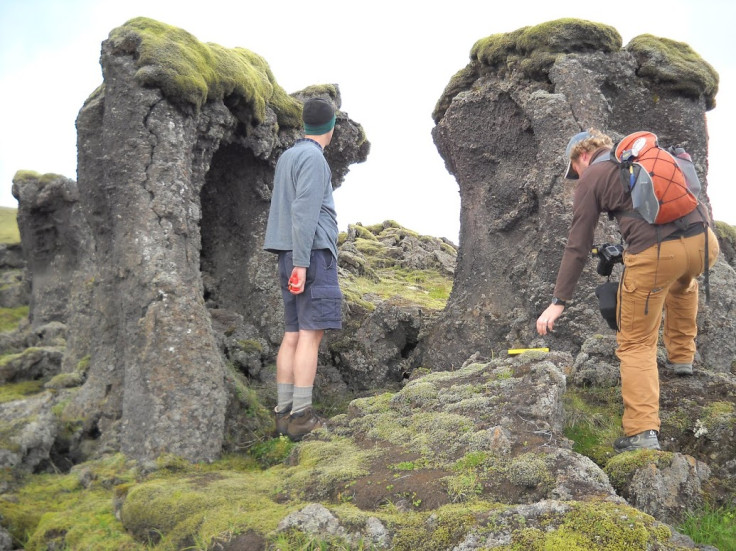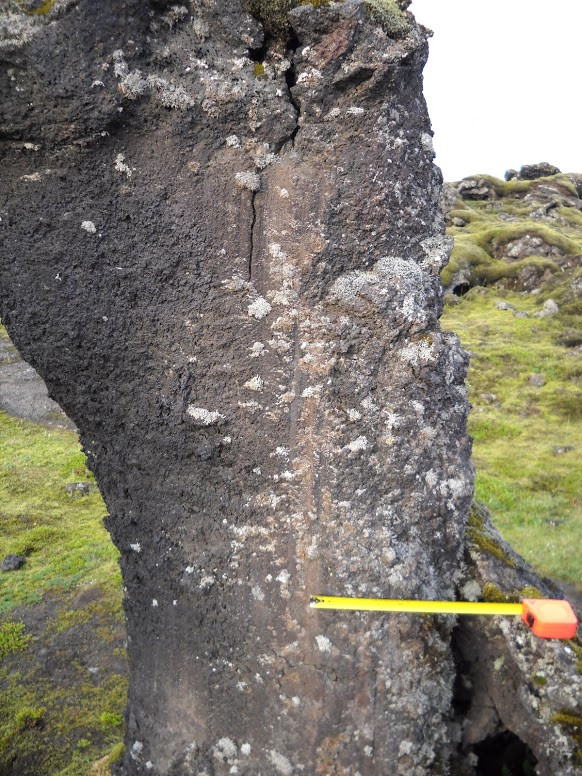Iceland: Mystery Basalt Pillars 'Not Formed by Trolls Fighting'

Mystery basalt pillars in Iceland were formed by a rare geological process, not by fighting trolls as was previously believed.
In local folklore, the basalt pillars were thought to have been formed by a pair of angry trolls who threw various objects at one another.
However, scientists have now debunked this tale, finding the hollow pillars were formed by non-explosive lava-water interactions taking place on land, Earth Science magazine reports.
The pillars, scientists say, formed around vertical columns of steam and superheated water that vented through lava as it flowed over saturated ground.
Located in the Skaelingar Valley, the area has around 40 pillars 2.5m tall and 1.5m wide. They are upright and mainly intact. Some are conjoined clusters sharking moss-covered basalt roofs, while others stand alone.

Tracy Gregg, a volcanologist at the University at Buffalo, studied the pillars: "It's almost an otherworldly experience to see these things for the first time because they're just not very common features."
She said the pillars were similar to lava trees in Hawaii, which formed when lava flowed through a forest and cooled on contact with the tree trunks, which were then incinerated. "But we know that that's not what [the pillars] are in Iceland because when this lava flow erupted, there were no trees in Iceland," Gregg said.
Published in the Journal of Volcanology and Geothermal Research, the researchers said that the Skafta River Gorge became blocked during a volcanic eruption in 1738. The lave flowed through the gorge but began backing up into smaller valleys, including Skaelingar.
The ground in these valleys heated rapidly, with steam and hot water meandering through small gaps. The lava then quickly cooled around this steam, solidified and then thickened. Once the blockage in the main gorge broke, the still molten lava flowed back down the valley, leaving the hardened pillars and fragments of crust.
Researchers believe this process took just a few days, with Gregg adding that the whole process was extremely rare: "Normally, when we think of lava coming in contact with water, we think of that water flashing to steam and causing an explosion. Here's an example where ... you could've stood right there and watched it."
© Copyright IBTimes 2025. All rights reserved.





















